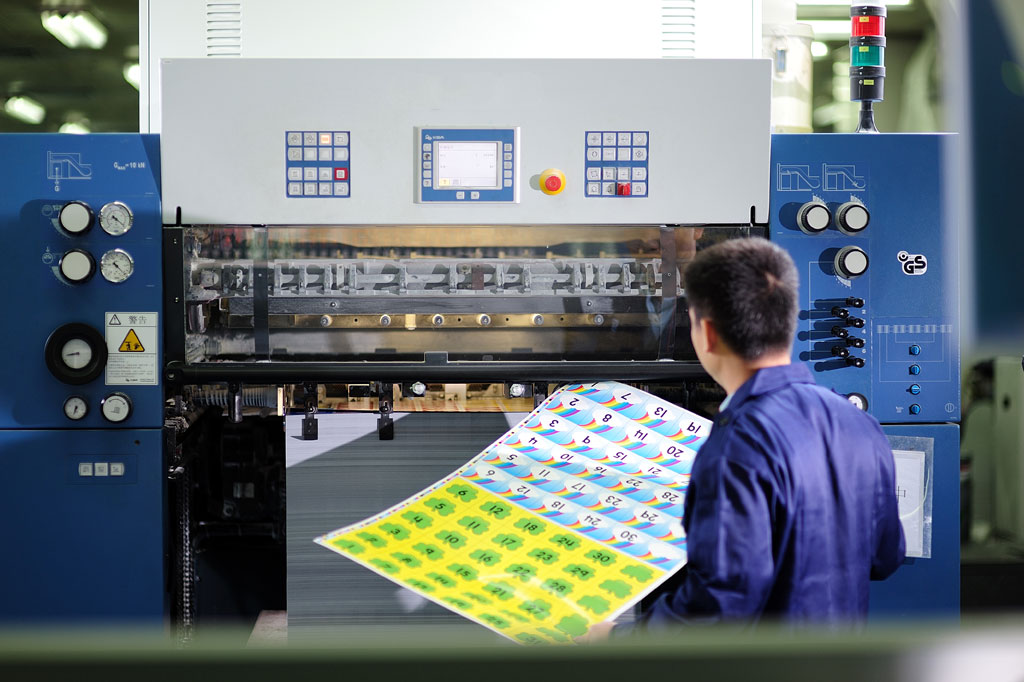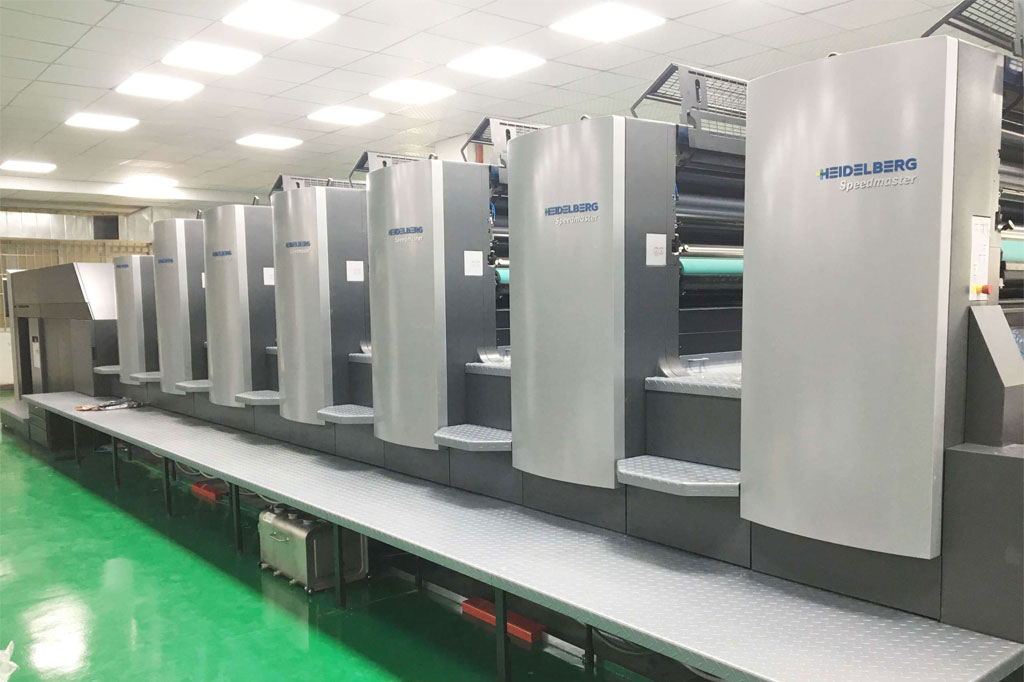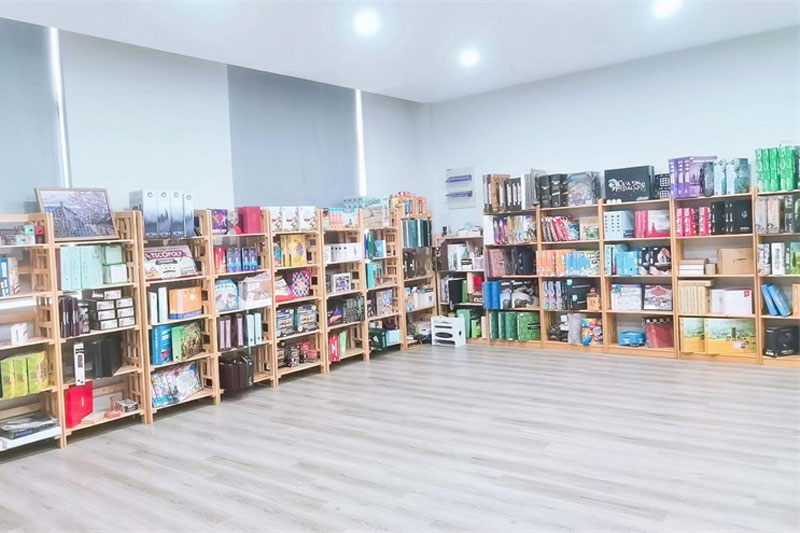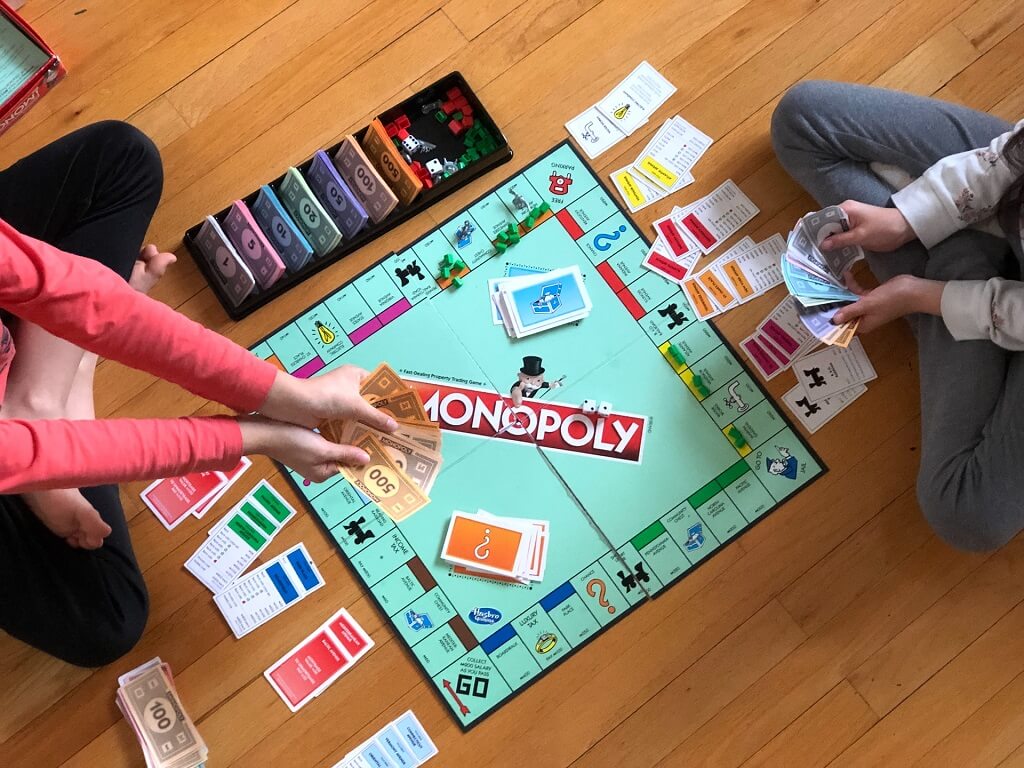In the world of board games, the choice between print on demand (POD) and mass production can be a pivotal decision for game designers and publishers. Both approaches offer unique advantages and challenges, and the decision ultimately depends on various factors, including your budget, game’s scale, target audience, and personal preferences.
In this article, we will explore the differences between print-on-demand (POD) and mass production board games, helping you decide which approach is best suited for your gaming needs.
Table of Contents
Print on Demand Board Games

Print on Demand is a modern, flexible printing method that allows creators to produce board games in small quantities as orders come in. Here are some of the key considerations for using POD for board game production:
- Customization: One of the most significant advantages of print-on-demand board games is the ability to customize every aspect of the game. Creators can easily change the game’s components, artwork, and rules to cater to specific audiences or niches. This flexibility allows for unique and personalized gaming experiences.
- Lower Initial Investment: Since POD games are printed as orders come in, creators do not need to invest large sums of money upfront for mass production. This makes it an ideal option for game designers and small publishing companies with limited budgets.
- Quick Turnaround: POD games can be produced and shipped relatively quickly. This is especially beneficial for creators who want to test the market with a new game concept or release limited-edition versions of their games without waiting for lengthy production timelines.
- Reduced Risk: With POD, there is less risk involved compared to mass production. If a game doesn’t sell well, the creator can simply stop offering it without being burdened by a surplus of unsold inventory.
- Environmental Considerations: POD games often have a smaller environmental footprint compared to mass-produced games, as they are only printed when needed, reducing waste and excess inventory.
Mass Production Board Games

Mass production board games are the traditional method of board game manufacturing. These games are produced in large quantities, usually overseas, and then distributed to retailers. Here are some key characteristics of mass production board games:
- Economies of Scale: Mass production allows for economies of scale, resulting in lower per-unit production costs. This is advantageous for large game publishers who can produce thousands or even millions of copies.
- Wider Distribution: Mass-produced games are more likely to be available in major retail stores, making them accessible to a broader audience. This distribution network can lead to higher visibility and sales.
- Consistency: Mass-produced games offer a higher level of consistency in terms of component quality, packaging, and printing. Consumers can expect a uniform experience across all copies of the game.
- Higher Quality Components: Due to larger production budgets, mass-produced games often feature higher-quality components, such as miniatures, cards, and game boards.
- Longer Development Timelines: Creating a mass-produced board game typically involves longer development, production, and distribution timelines. This can be a drawback for creators looking for a quicker release.
Choosing Between POD and Mass Production
The choice between print-on-demand and mass production depends on some considerations to help you make an informed decision:
- Budget: If you have a limited budget or want to minimize financial risk, POD might be the better choice. Mass production requires a substantial upfront investment in manufacturing, shipping, and distribution.
- Customization: If you prioritize customization and want to create a unique gaming experience, POD offers unparalleled flexibility. You can experiment with different designs and rule sets until you find the perfect fit.
- Distribution: Consider where you want your game to be available. If you aim for widespread distribution in retail stores, mass production may be the way to go. POD games are often sold online or through specialized platforms.
- Timeframe: If you’re eager to get your game into players’ hands quickly, POD is the faster option. Mass production, on the other hand, can take several months to complete.
- Risk Tolerance: Mass production involves greater financial risk due to the upfront costs and the need to sell a large quantity of games to break even.
Conclusion
Print on demand and mass production are two distinct approaches to board game manufacturing, each with its own advantages and considerations. Ultimately, the choice between them depends on your specific goals, resources, and vision for your board game.




